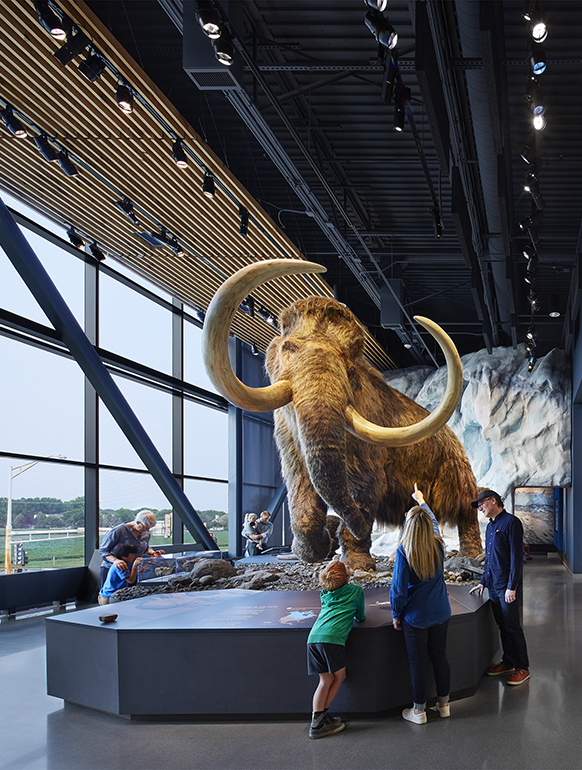This issue of the Perkins&Will Research Journal includes four articles that focus on different research topics, including investigation of wood cladding materials, designing for school safety, analysis of sustainability and wellness certification programs, and planning strategies for healthcare facilities that account for infectious pandemic surge. This year will be remembered for a long time, since COVID-19 had a profound global impact on our health and well-being, education, work, economy, leisure, travel, and the built environment. Future research studies will be investigating long-term effects of this pandemic on our society. Nevertheless, this issue of the Perkins&Will Research Journal reflects some of the current critical questions facing our profession. It offers insights for environmentally responsible and resilient design strategies, design methods for safe schools, well-being in commercial office buildings, and the design of healthcare facilities that are prepared for future pandemics.
“Wood Cladding for Minnesota’s Bell Museum” presents research conducted for a new natural history museum, focusing on investigation and analysis of several wood cladding materials that were considered for the building’s facades. The article reviews four woodtreating options, which were evaluated for cost, durability, sourcing, warranty, and appearance. Thermally modified wood cladding was chosen and incorporated into the final facade design, reflecting the values and cultural goals of the institution through environmentally-friendly building skin design.
“Design for School Safety: An Overview of Crime Prevention through Environmental Design” discusses design approaches for safety and security in educational buildings. The article reviews relevant literature, and presents results of a survey. The research suggests that design strategies may provide students with objective safety, as well perceived sense of safety, and concludes that more research is needed on this topic.
“Wellness Certifications Matter: A Survey of Occupants of the Perkins&Will Dallas Studio in the Pursuit of LEED, WELL, and Fitwel Certifications” analyzes different sustainability and well-being certification rating programs that were implemented during the renovation of a historic building. The research methods included pre-occupancy and post-occupancy evaluation surveys, which were administered to employees before and after the renovation. Results indicate that significant wellness improvements were achieved.
“Planning for the Best-Case Scenario: Infectious Pandemic Surge Intensive Care Unit Program” reviews results of a literature review and interviews. This research investigated methods for planning intensive care units, which can accommodate an increase in services resulting from a pandemic. The article suggests operational strategies for ICUs that have dual functions—one during regular operations and one during an infectious pandemic surge.

